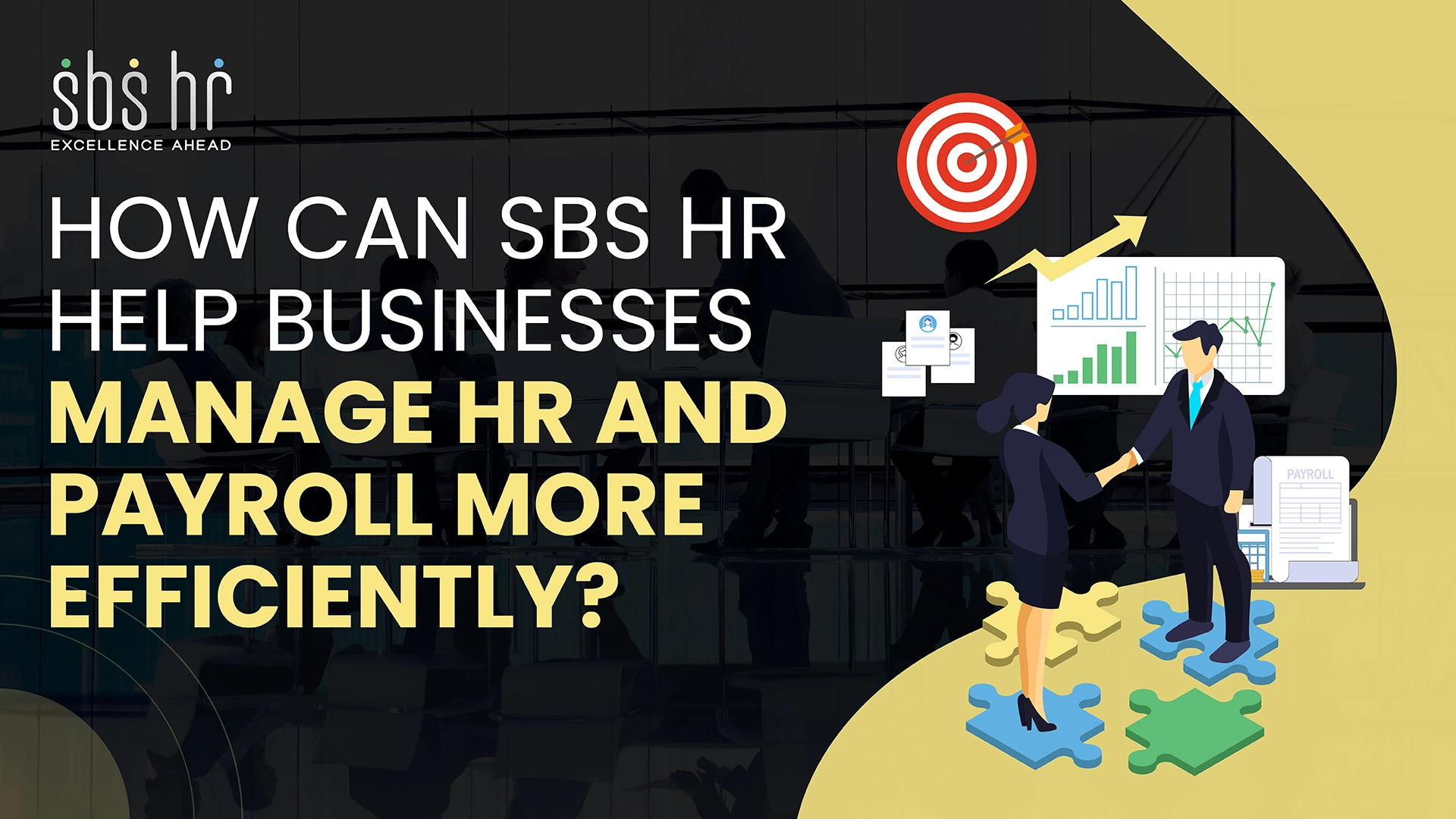Looking to streamline your SBS HR business’s HR and payroll processes?
SBS HR software might just be the solution you need. With SBS HR, businesses can efficiently manage both HR and payroll tasks in one integrated platform. Say goodbye to manual data entry and cumbersome spreadsheets – SBS HR automates repetitive tasks, such as payroll processing and employee data management, saving you time and reducing errors. Its user-friendly interface makes it accessible to everyone, from business managers to payroll administrators. Plus, with real-time updates and customizable reporting features, you’ll always stay informed and in control. Empower your employees with self-service portals, while ensuring compliance with tax regulations and labour laws. Make managing HR and payroll a breeze with SBS HR.
1.Integrate Systems:
Implement integrated HR and payroll software to ensure seamless data flow between the two functions. This integration reduces the need for manual data entry, which not only minimizes errors but also saves time and resources. By having a unified system, employee information is consistently updated across all platforms, enhancing accuracy and efficiency. This approach also provides real-time access to important data, facilitating better decision-making and strategic planning. Additionally, it simplifies reporting and compliance tasks, making it easier to adhere to regulatory requirements and audit standards.
2.Automate Processes:
Utilize automation for essential tasks like time tracking, leave management, benefits administration, and payroll calculations to significantly save time and boost accuracy. Automation reduces the risk of human error, ensuring that calculations and data entries are precise and reliable. It also allows for real-time updates and processing, which means employees can access their information and request changes promptly. By automating these routine tasks, HR and payroll staff can focus on more strategic activities, enhancing overall productivity. Moreover, automated reminders and alerts ensure that critical deadlines are met, further improving efficiency and compliance.
3.Standardize Procedures:
Develop and enforce standardized policies and procedures for HR and payroll processes to ensure consistency and compliance across the organization. Clear guidelines help maintain uniformity in handling tasks such as recruitment, on boarding, performance reviews, and payroll processing, reducing the likelihood of errors and discrepancies. Standardization simplifies training for new employees and ensures that everyone follows best practices, leading to more predictable and reliable outcomes. Additionally, having well-documented procedures aids in audits and compliance checks, as it is easier to demonstrate adherence to regulations. Regularly reviewing and updating these policies ensures they remain relevant and effective in a changing business environment.
4.Provide Training and Support:
Continuous professional development is vital for HR and payroll teams to stay updated on best practices, software tools, and regulatory changes. Regular training sessions and personalized development plans ensure staff competence and career growth. Empowering employees with self-service tools allows them to manage HR queries independently, enhancing efficiency and engagement. Prioritizing ongoing education and accessible support channels cultivates a knowledgeable and empowered workforce, adept at navigating intricate HR and payroll landscapes.
4.1Employee Self-Service:
Implementing self-service portals and tools empowers employees to take control of their HR-related tasks efficiently. With these platforms, employees can easily update personal information, access pay stubs, and submit leave requests without relying on HR assistance. By providing employees with direct access to these resources, companies streamline administrative processes and reduce the burden on HR staff. Additionally, self-service tools promote transparency and autonomy, fostering a culture of trust and accountability within the organization. This approach not only improves employee satisfaction but also frees up HR resources to focus on strategic initiatives and employee development.
4.2Continuous Learning Opportunities:
Regular training sessions, workshops, and webinars are indispensable for keeping HR and payroll staff abreast of evolving industry trends and regulatory changes. These learning opportunities not only enhance staff knowledge of best practices but also ensure they remain proficient in utilizing new software features effectively. By providing ongoing education, businesses empower their HR and payroll teams to adapt to dynamic environments and proactively address emerging challenges. Moreover, such initiatives demonstrate a commitment to employee development, fostering a culture of continuous improvement and innovation within the organization.
4.3Compliance Training:
Specialized training sessions dedicated to compliance with labour laws and regulations are essential for minimizing legal risks and maintaining adherence to industry standards. These sessions equip HR and payroll staff with the knowledge and skills necessary to navigate complex regulatory landscapes confidently. By staying informed about legal requirements and best practices, employees can mitigate the risk of non-compliance and avoid potential penalties or legal issues. Additionally, compliance training fosters a culture of ethical conduct and accountability within the organization, promoting trust and credibility with stakeholders.
4.4Feedback and Improvement:
Encouraging feedback from employees and HR/payroll staff is vital for identifying training gaps and areas needing process improvement. By actively soliciting input, businesses can gain valuable insights into operational inefficiencies and employee needs. This feedback loop fosters a culture of continuous improvement, allowing HR and payroll operations to evolve in line with changing requirements and best practices. Regularly reviewing feedback also demonstrates a commitment to employee engagement and satisfaction, ultimately contributing to a more productive and harmonious workplace environment.
5.Enhance Communication:
Improving communication between HR and payroll departments is vital for alignment and issue resolution. Cultivating transparency fosters synergy and cohesion, promoting efficiency in achieving common objectives. Regular meetings and clear channels facilitate seamless information exchange, enhancing collaboration. Encouraging feedback and active listening nurtures mutual understanding, fostering a unified and cooperative workplace culture.
Conclusion:
Integrating systems, automating processes, standardizing procedures, providing training and support, and fostering communication and a culture of continuous improvement are essential for efficiently managing HR and payroll operations. These strategies streamline tasks, encourage collaboration, ensure compliance, and empower employees. By aligning efforts and leveraging technology and best practices, businesses can optimize efficiency, minimize errors, and foster sustainable success in their HR and payroll functions.

